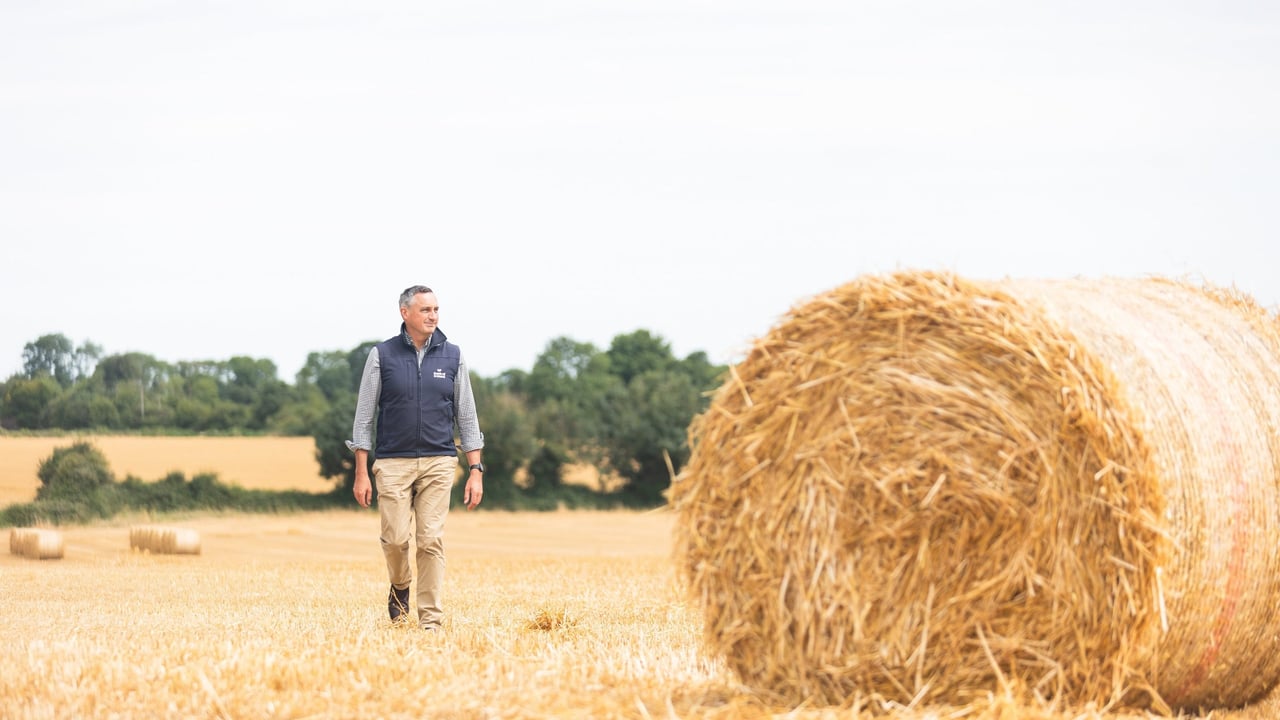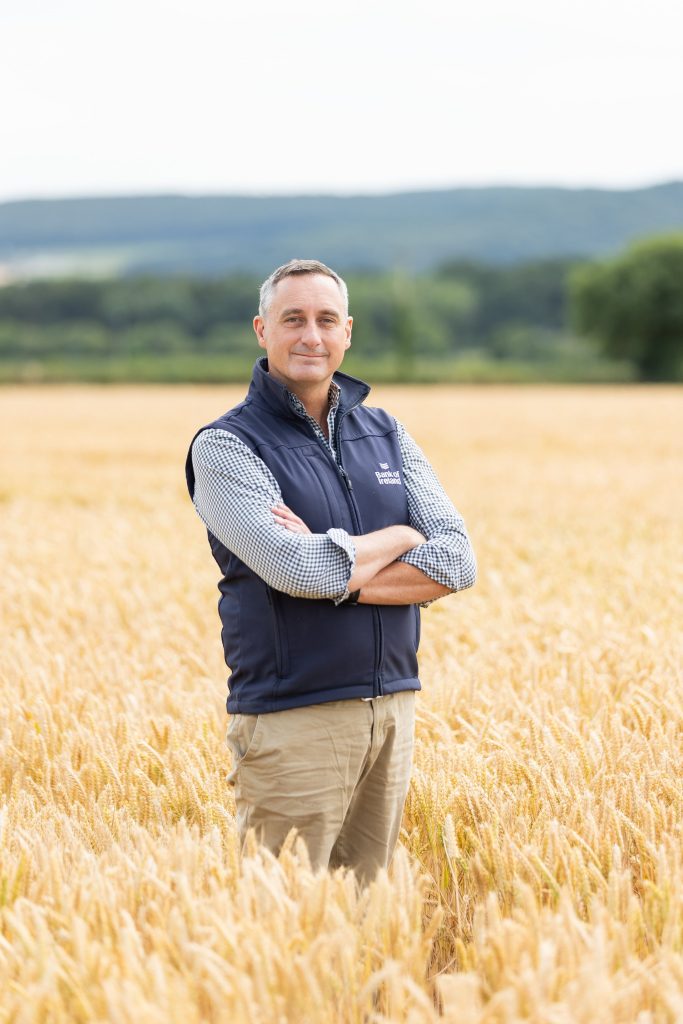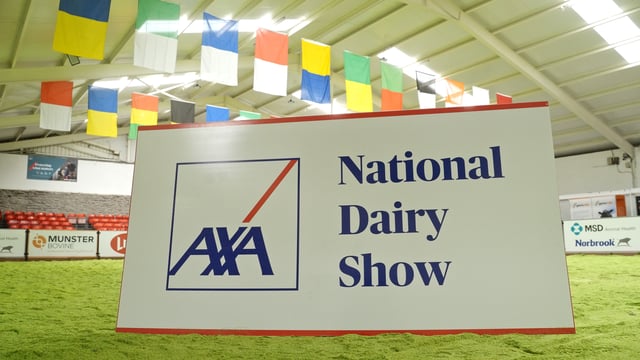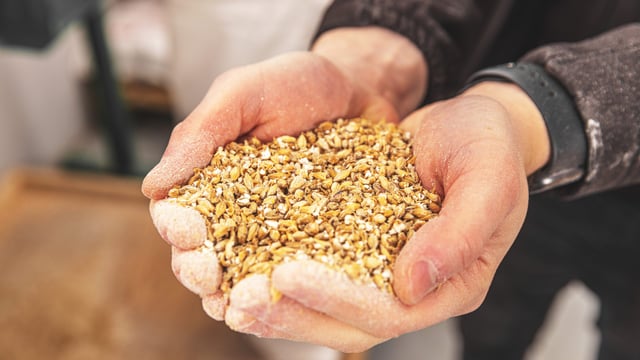Sponsored Article
'Strong outlook for increased farm incomes in 2025' - agri-finance expert
Sponsored Article

Strong weather conditions and near-record farm gate prices are positioning Irish agriculture for its most profitable year in recent memory, according to Bank of Ireland’s head of Agriculture Eoin Lowry.
He said: “Irish agriculture entered 2025 on a firm footing.
“Since January, favourable weather conditions have continued and driven solid farm output in terms of grass growth, crop yields, and animal performance.”
The surge is being driven primarily by livestock sectors, with cattle prices climbing 43% and calf prices nearly doubling with a 95% increase since June 2024.
Milk prices have risen 12% over the same period, contributing to what industry experts describe as exceptional financial performance across Irish farms.
Global food prices hit two-year high
The strong farm returns reflect broader global trends, with the Food and Agriculture Organization (FAO) Food Price Index reaching its highest level in two and a half years in July.
Global meat prices achieved an all-time high, driven by tight supplies of cattle and sheep combined with robust international demand.
“The fundamentals of supply and demand in global agri-commodity markets look set to bolster farm gate prices in the near-term, affirming the strong outlook for increased farm incomes in 2025,” Lowry explained.
“However, given the elevated farm gate price levels, coupled with heightened geopolitical risk, there is increased downside risk on the horizon in the next 6-12 months across key agri-commodities.”
Global dairy prices have surged 22% year-on-year, approaching records set in mid-2022.
Meanwhile, cereal prices have fallen to five-year lows due to abundant grain supplies following strong harvests worldwide.
Financial strength returns to farming
The improved market conditions are translating into stronger farm balance sheets across Ireland.
Overdraft utilisation has dropped to its lowest level in over three years, falling 25% compared to the first half of 2024.
Farm deposits are projected to reach record levels by year-end, with analysis suggesting farm-related deposits could rise by €1 billion in 2025.
Total farm debt now stands at €2.65 billion as of March 2025, the lowest level in over 25 years.
Remarkably, despite over €1 billion in farm investment since dairy quotas were removed a decade ago, farm debt has decreased by nearly €750 million over the same period.
“This shift highlights a significant transformation in the financial structure of Irish agriculture: farmers have been funding growth primarily through cashflow rather than borrowing, while simultaneously paying down existing debt,” Lowry noted.
Livestock sectors drive growth
Beef farms are experiencing the most dramatic improvement, with gross margins expected to increase 90% on suckler farms and 44% on cattle finishing enterprises.
The gains reflect tight supply conditions, with EU beef supply forecast to fall 3% in 2025 and Irish cattle slaughter expected to decrease by 87,000 head this year.
Dairy farms are anticipated to benefit from a 30% increase in income, supported by the 7% rise in milk prices and a 5% increase in milk production following a return to more typical spring deliveries.
Sheep farms are also seeing positive momentum, with lamb prices averaging 7% higher than 2024 and remaining well above the five-year average.
Sheep numbers are forecast to hit a 10-year low in 2025, with production anticipated to fall nearly 13% year-on-year, supporting continued price strength.
Investment appetite weakens despite strong returns
Despite the positive financial indicators, new lending to farmers fell 19% in the first quarter of 2025 compared to the same period in 2024, marking the lowest level of new lending recorded in over a decade.
Lowry identified several concerning factors behind this trend.
He said: “Policy uncertainty, particularly around environmental regulations such as changes to the nitrates derogation, is creating hesitation around long-term investment decisions.
"An ageing farming population, with limited succession planning, is dampening appetite for expansion.”
He said the hesitancy is compounded by geopolitical instability and regulatory burdens that are discouraging risk-taking and capital investment at farm level.
Policy challenges ahead
Looking toward 2026, the potential loss of Ireland’s nitrates derogation could significantly impact the sector.
New analysis suggests this could remove up to €555 million from milk payments to farmers, requiring dairy herd cuts of up to 15%.
Trade relationships also present ongoing challenges.
The US represents Ireland’s second-most important agri-food market, with €2 billion in exports last year. Recent tariff agreements have provided some certainty, though the details continue to evolve.
“As we enter into the final months of 2025, attention is now turning to the likely shape of a reformed Common Agricultural Policy along with the evolution of EU-US relations and associated trade tariffs,” Lowry said.
Long-term outlook remains positive
Despite near-term uncertainties, Lowry maintains an optimistic longer-term view.
“Over the longer term, the outlook remains optimistic, with well-invested and lowly geared farms with increasing balance sheets," he said.
"Variable productivity continues to be a key risk at individual farm level as we enter into a more uncertain and volatile economic period.”
Bank of Ireland, which lends to over 80,000 family farms and has over €4 billion invested across the Irish agri-food supply chain, continues to support the sector’s environmental transition.
Lowry said that as Irish agriculture navigates record prices and strong financial performance in 2025, the sector faces the challenge of balancing immediate opportunities with longer-term sustainability and policy adaptation requirements.
He added: “We expect there will be a requirement for continued investment in infrastructure that improves the overall environmental sustainability of farms, and we will continue to work with farmers and stakeholders to support their future business requirements.”
Bank of Ireland is regulated by the Central Bank of Ireland.
Sponsored Article






